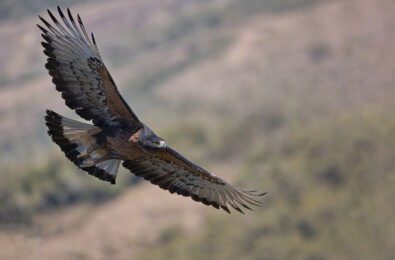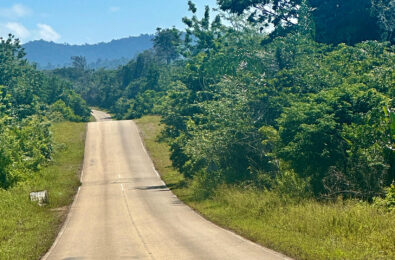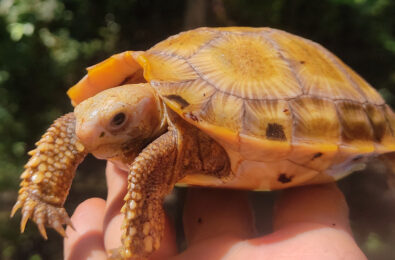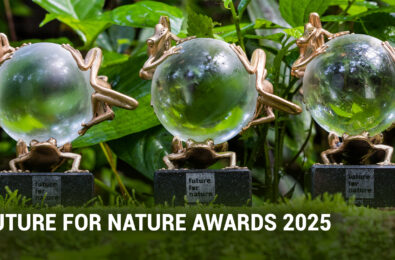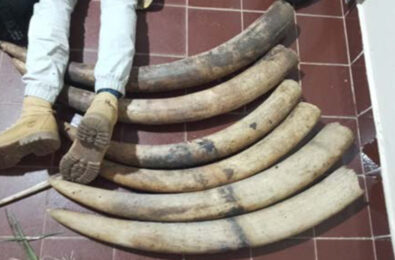A perfect storm: Desert expansion threatens one of the world’s biodiversity treasures

In a recent study, Emeritus Professor Norbert Jurgens, Pieter van Wyk (FFN Award Winner 2023) and colleagues painted a troubling picture of the ecological changes in southern Africa. In their study, a severe and potentially irreversible degradation is reported of vegetation, ecosystems and biodiversity in the Succulent Karoo Biome (a global biodiversity hotspot). This degradation is driven by the rapid desertification, due to human and climate impacts on the region, causing the expanding of the Namib Desert Biome. This transformation not only threatens unique ecosystems, holding hundreds of species that are endemic, but also the livelihoods and cultural heritage of those who live here.
Desertification, a domino effect
For 45 years, Emeritus Professor Norbert Jurgens have watched how plants are disappearing in the Richtersveld, a remote area on the border of South Africa and Namibia. One key plant, a small shrub called scorpionstail, helps hold the soil in place. But as these plants die, the soil gets blown away by the wind. This leaves behind dry sandy plains where few plants can grow. Over time, desert grasses take over, but they don’t support the same rich mix of life. The wind spreads the sand even further, damaging plants and stopping new ones from growing. These changes create a cycle of degradation that feeds on itself: sand and dust damage remaining plants and contaminate seedlings, while strong southern winds push the desert conditions further north. A once-diverse landscape is replaced by sparse grasslands, threatening unique endemic species.
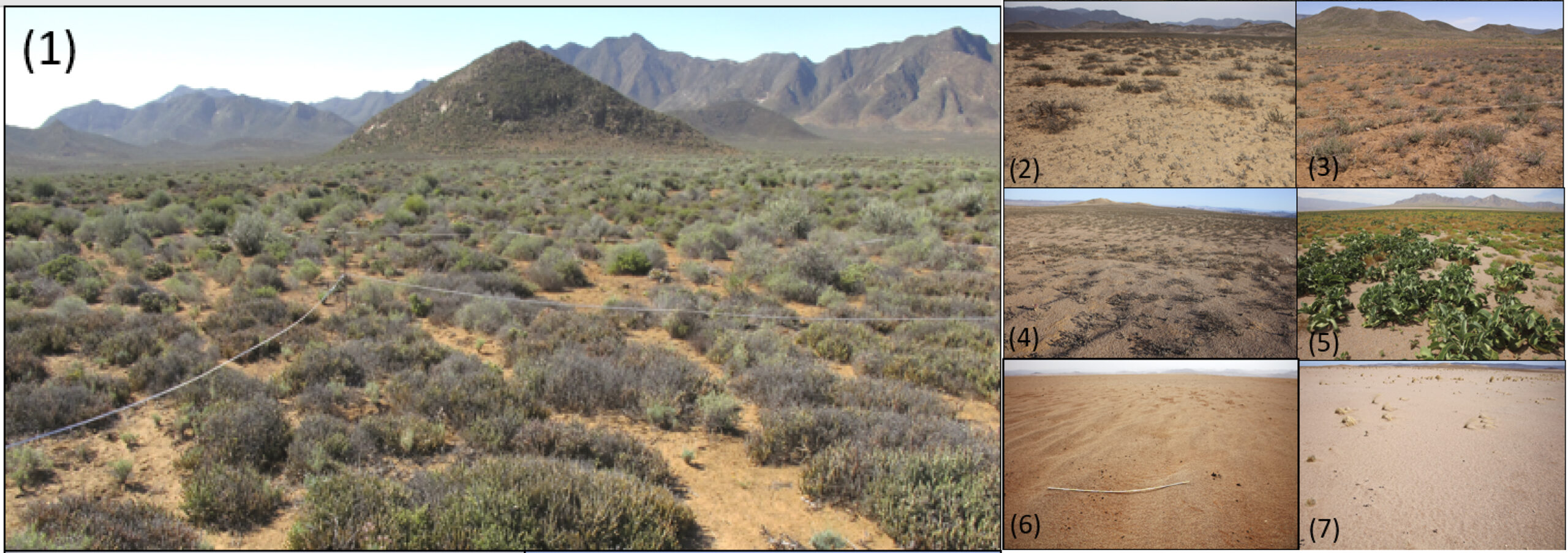
This figure shows the sequence of degradation states of scorpionshrubland, with one being a healthy species-rich biome, and 7 a sparse desert grassland. Source: Jürgens, Norbert, et al. “A Perfect Storm: Unprecedented Expansion of the Namib Desert and Cascading Desertification Processes in the Northernmost Succulent Karoo (Richtersveld, South Africa, Namibia).”, Figure 3.
The main drivers of desertification
In the study, the devastating drought between 2011 and 2019 is described as an accelerating factor for the desertification of the Succulent Karoo Biome. However, the study also reveals that the degradation has started decades earlier. A combination of climate extremes and human pressures, such as overgrazing, mining and road constructions, was identified as the main drivers. This shows how different stressors can have a combined effect, and can lead to a tipping point of long-term ecological degradation.
Pieter van Wyk’s mission
Pieter van Wyk plays an important role, not only as researcher and coauthor of this paper, but also as an advocate and defender of this region’s biodiversity. As a botanist working for the Richtersveld National Park, he discovered over 60 new plant species and continues to document the region’s unique flora. He actively engages local Nama communities, promotes restoration efforts, and raises awareness about the fragile beauty of the Succulent Karoo and Desert Biomes. Pieters dedication underscores the importance of local leadership in conservation. His deep connection to the land and its people exemplifies the kind of stewardship needed to protect both nature and human culture from the growing threat of desertification.
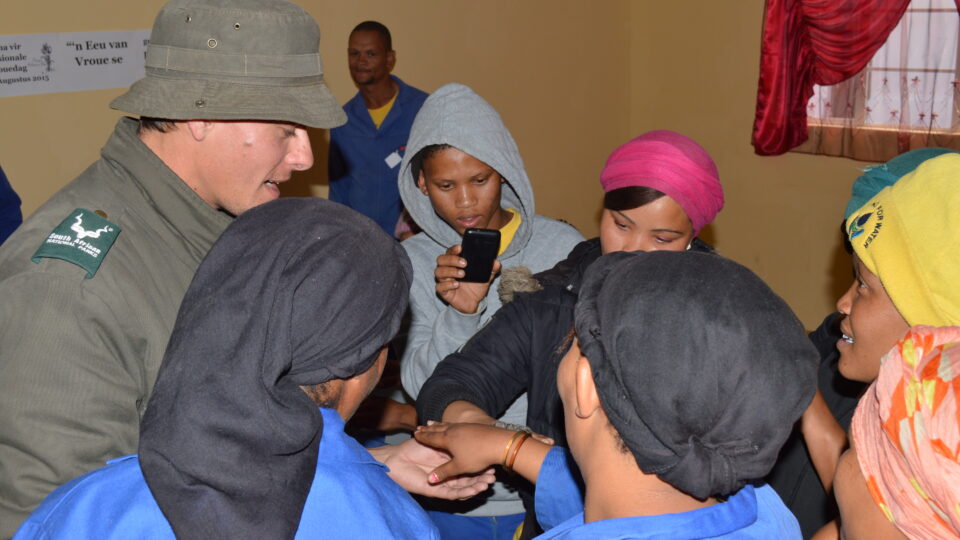
Call to action
Pieter van Wyk and his colleagues urge a regional rethink of land use and suggest several conservation strategies. Long-term ecological monitoring, climate-adaptive land management, and inclusive decision-making are essential tools for halting, and possibly reversing, the degradation trends.
If action is taken now, there may still be time to protect the future of the Succulent Karoo Biome and ensure that the desert doesn’t swallow a global treasure of biodiversity.
Source:
Jürgens, N., Burke, A., Van Wyk, P., Gröngröft, A., & Oldeland, J. A Perfect Storm: Unprecedented Expansion of the Namib Desert and Cascading Desertification Processes in the Northernmost Succulent Karoo (Richtersveld, South Africa, Namibia). Available at SSRN 5189871. http://dx.doi.org/10.2139/ssrn.5189871
Written by Sandra Ploeg









